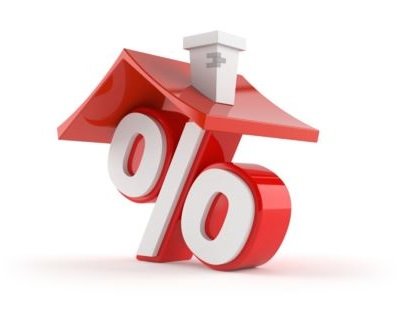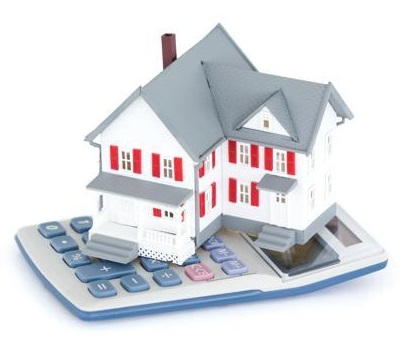Claiming The Personal Residence Capital Gain Exclusion
 Personal
Residence Capital Gains Exclusion Taxpayer Relief Act of 1997
Personal
Residence Capital Gains Exclusion Taxpayer Relief Act of 1997
Capital Gains Exclusion
When you sell your home, the IRS allows you to exclude any gain on the sale of your primary residence from your taxable income.
You can make up to $250,000 in non taxable profit if you're a single owner, and $500,000 if you're Married Filing Jointly and you both meet the use requirement.
You can claim the exclusion if you owned and used the home as your primary residence for at least 2 years during the 5-year period ending on the date of the sale. This exclusion can only be claimed once in any 2-year period.
Prior to May 7, 1997 when this benefit came into play, the only way you could avoid paying
taxes on your homes profit was to use the money to buy a more-expensive home within two years.
Sellers age 55 or older could take a once-in-a-lifetime tax exemption of up to $125,000 in profits.
 When
the Taxpayer Relief Act of 1997 became law, the rollover or once-in-a-lifetime options were
replaced with the current per-sale exclusion amounts.
When
the Taxpayer Relief Act of 1997 became law, the rollover or once-in-a-lifetime options were
replaced with the current per-sale exclusion amounts.
Now you don't have to buy another home with your sale proceeds, and there's no limit on the
number of times you can use the home-sale exemption.
In most situations, you can make tax-free profits of $250,000 or $500,000 depending on your filing status every 2 years. Provided you used the house as your main residence for the 2 year period.
You must meet the IRS use and ownership test:
- You own and live in the home for two out of the five years before the sale.
Requirements:
- First, the property you're selling must be your principal residence for 2 of the last 5 years. That means you lived in it.
- This tax break doesn't apply to a house or other property that you have only for investment purposes, like rental income property.
You can, however, turn a rental house into your primary residence and use it for that purpose for 2 years, making the sale of it eligible for the exclusion.
Explore our site and use it to your advantage, we are glad to help, Enjoy!